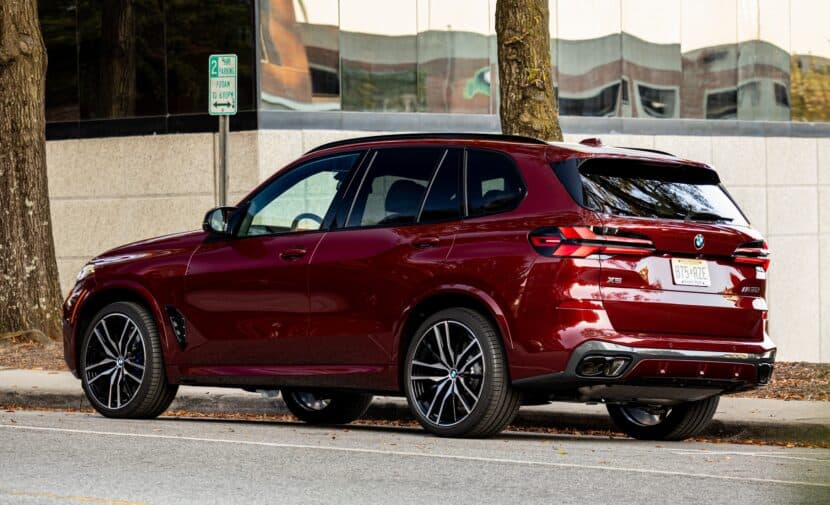In the BMW marketing jargon, a facelift is called a Life Cycle Impulse. LCIs have mostly been about styling revisions sprinkled with engine tweaks, but that has changed in recent years. As cars transition from one generation of the iDrive to another, major updates are being implemented in the middle of a product’s life cycle. It’s a sign of things to come because the Bavarian luxury marque will focus even more on tech going forward.
Speaking with Wards Auto, R&D boss Frank Weber said the age of facelifts is over as constant technology improvements are more important. The implementation of over-the-air updates means BMW can upgrade a car even after it’s been built, without having to wait for the LCI. He went on to mention OTA updates will become more frequent in the future.
“The facelift is no more. We’ve moved on. It’s actually a techlift. Digital connectivity and electric mobility open up a whole new realm in how we progress models in the future. Over-the-air updates will come regularly. So much is happening here. One of the challenges is managing how they are rolled out.”
The Neue Klasse EVs arriving in 2025 will become the most technologically advanced BMWs. Not only will these next-gen cars feature iDrive 10 (or is it iDrive X?) but also a head-up display as wide as the dashboard. It’s known as Panoramic Vision and it will trickle down across the range as the plan is to implement into non-Neue Klasse models.
BMW is getting rid of the instrument cluster and the iDrive controller in these next-generation EVs. Frank Weber told Wards Auto the decision illustrates a “refinement of operations” rather than a minimalist approach. In an interview last week with BMWBLOG, the man in charge of R&D told us there will be haptic buttons on the steering wheel to control certain functions.
Source: Wards Auto






































































